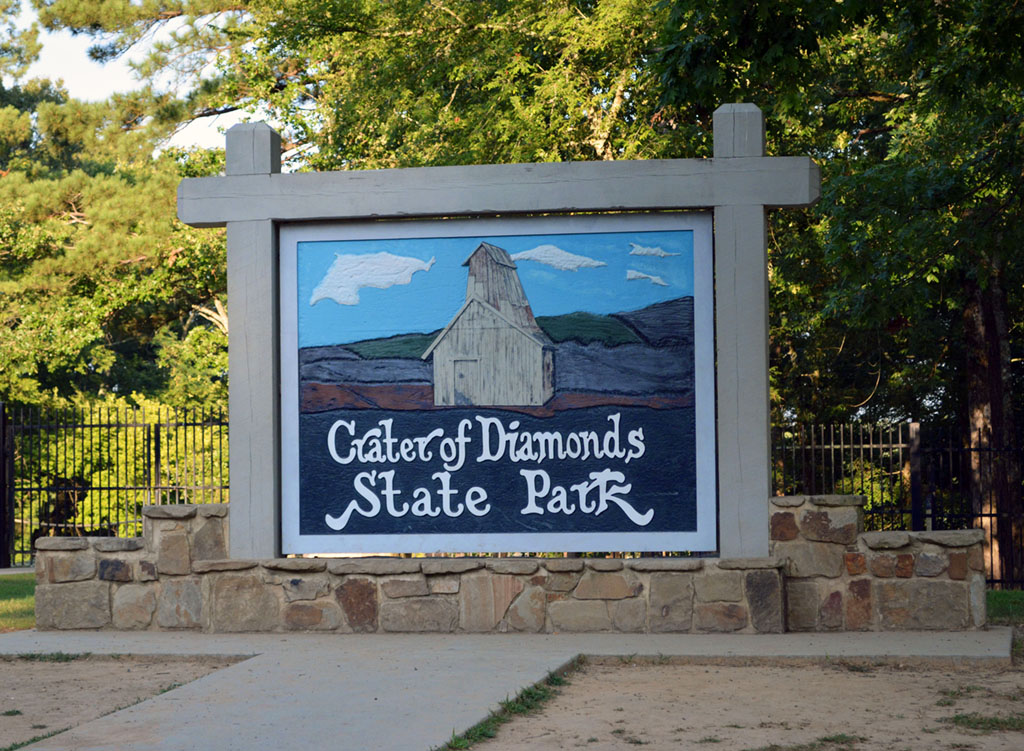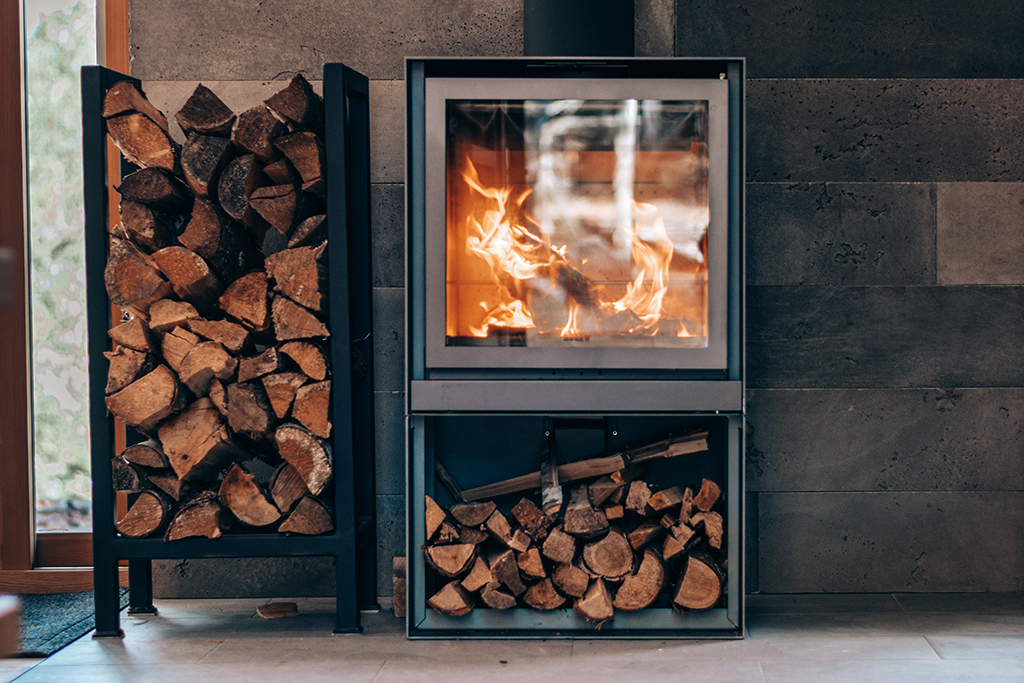Array
(
[0] => Array
(
[item_type] => phone
[content] => Array
(
[label] => Cell
[number] => 9259222825
[extension] =>
)
)
[1] => Array
(
[item_type] => email
[content] => Array
(
[label] => Email
[email_address] => Trizia.HillMagagnini@eXpRealty.com
)
)
[2] => Array
(
[item_type] => website
[content] => Array
(
[label] =>
[value] => TriziaHillMagagnini.eXpRealty.com
)
)
[3] => Array
(
[item_type] => social_media
[content] => Array
(
[label] =>
[value] => facebook.com/LifeHomeHappy
)
)
[4] => Array
(
[item_type] => social_media
[content] => Array
(
[label] =>
[value] => linkedin.com/in/triziahill
)
)
[5] => Array
(
[item_type] => address
[content] => Array
(
[label] => Brokerage
[addressee] => eXp Realty of California, Inc.
[address1] => 2603 Camino Ramon #200
[address2] =>
[city] => San Ramon
[state] => CA
[zip] => 94583
)
)
)
?>
The fall often brings cozy decor, tasty food, and fun celebrations into your home—but it can also be a time for tracking in wet leaves, mud, and other markers of the changing weather. Keeping up with maintenance in your mudroom or entryway is of the utmost importance to prevent any potential damage to your interior.
If you don’t already have a dedicated mudroom, you can still reap the benefits of upgrading your entryway for the season ahead.
Wipe your feet
The top reason why outside elements don’t stay outside is that your shoe-storage spot isn’t trapping them. Here are a few solutions that can keep the muddy mess at bay.
Doormats
Decorative doormats are cozy, welcoming accessories, but they don’t offer a ton of protection and are mostly for show. Consider placing an initial decorative doormat followed by a durable runner rug through your entryway or mudroom. This way, your shoes won’t touch as much of the floor.
Shoe trays
Muddy, wet boots can wreak havoc on your hardwood or carpet. Instead of storing them outside in the cold, keep your boots warm and dry by creating a tray for them to drain onto. You will need a rubber or plastic boot tray, smooth stones, and a poly cement adhesive to glue the stones to the base of the tray. As an added bonus, the tray adds a fun and natural decorative touch to this space.
Benches
Place a bench against the wall in your entryway or mudroom, where you can take off shoes and unpack bags after a long day of fall activities. Choose one with a lift top and cubbies to maximize your storage space.
Keep it organized
When you’re in a rush, the tendency is to leave items strewn about in the mudroom or entryway. Take time to devise an organization plan that suits you and your household’s needs. By doing so, you’ll be able to find things faster and keep everything looking presentable for guests.
Baskets
One of the simplest organization tools you can use is baskets. Separate them by person or type of item. For example, you could have a bin for hats, another one for gloves, and one for scarves—and label them accordingly using a label maker or stickers. Avoid using tape and paper since the baskets may get wet from outside items. If you opt to organize by person, have everyone label and decorate their bin for a personal touch.
Additionally, consider using an opaque material for your bins. Options like canvas and wicker can withstand the elements and have a clean, aesthetically pleasing look. This way, your guests can’t see through to all the items inside the bins.
Hooks
In many places, the weather is cooling down and jackets are coming back out. Hooks are essential for any mudroom or entryway. Hang hooks vertically so that each person in your household has a column for multiple clothing options. Closer to the entrance, have a separate set of smaller hooks and a tray for your keys, wallets, and phones so that they don’t get lost in the chaos of taking off your layers. As an added protection, place a rubber mat underneath the hooks to catch any drippage from rain jackets.
Umbrella storage
Don’t lean your wet umbrellas against the wall; instead, give them a dedicated space where they can stay upright to drain. You can purchase an umbrella stand, or you could fashion your own with PVC pipe and a glued-on rubber base. If you decide on the latter, paint it a color that matches your interior.
Over-the-door storage
If your mudroom has an inside door, create an over-the-door storage system to keep smaller items compartmentalized. Accessories such as masks and sunglasses will be easily accessible but out of the way. Choose a storage system with clear pouches so you can immediately find what you need.
Dry and clean it off
Before taking off your layers and storing them back in your baskets or cubbies, let them dry. Not allowing your items to dry before storing can lead to musty smells and mold and mildew, and will prevent your belongings from drying properly. Here are some tips to ensure you effectively dry the items in your mudroom or entryway.
Clothing
Implement a hanging system for wet clothing before storing it back in baskets. Clothing like hats, gloves, and scarves can be left to dry using special hangers. Be sure to use a space that you can place rubber mats beneath. You can also invest in a wall-mounted drying rack, which can come in handy in all seasons for wet snow gear, spring rain jackets, and summer bathing suits.
Mats
Any mats that you place down should be rinsed and washed at least once a week. If you notice leaves and debris becoming an issue, mount a broom to the wall and sweep any materials back outside into a dedicated pile for removal. Just make sure leaves and dirt aren’t left on the porch or steps where they can be tracked back inside. Check with your municipality for leaf removal rules.
Hard surfaces
Keep a small towel handy to wipe down any debris that gets onto your entryway seating and hard surfaces, and be sure to wash it regularly. You may also consider keeping a basket of supplies nearby to clean and disinfect.
Innovative Recipes for Fall
































